Tesla's commitment to integrating cutting-edge technology into its vehicles has set new standards in the automotive industry, particularly through its use of machine learning. This technology not only enhances vehicle safety and efficiency but also propels Tesla's fleet into the future of autonomous driving.
At the heart of Tesla’s technology advancements is its robust machine learning framework, which is pivotal in developing Tesla AI applications. Machine learning in cars allows these vehicles to interpret vast amounts of data in real time, adapting and responding to various driving conditions and environmental factors. Tesla’s approach goes beyond basic automation to a more comprehensive, AI-driven system that ensures both enhanced performance and safety.
One of the most significant Tesla safety features is its advanced driver-assistance systems (ADAS), which rely heavily on machine learning automotive safety algorithms. These systems process data from sensors all around the vehicle to aid in decision-making processes. For instance, Tesla’s Autopilot and Full Self-Driving (FSD) capabilities are built upon a neural network that learns from billions of miles of collected driving data, making Tesla autonomous vehicles among the safest on the roads today.
Tesla efficiency improvements are closely tied to its AI-powered vehicle efficiency management. The sophisticated use of AI in electric vehicles allows for optimizing energy consumption based on driving patterns and external conditions. This is evident in how Tesla's machine learning algorithms manage battery usage, ensuring that the vehicle operates at peak energy efficiency, thereby enhancing the mileage and longevity of Tesla’s electric cars.
Autonomous driving technology is another arena where Tesla has made significant strides. By leveraging Tesla AI applications, the company continually refines its self-driving algorithms. This not only improves Tesla's autonomous vehicles but also ensures that these cars can handle complex driving scenarios, reducing human error and enhancing road safety.
Smart Features Powered by AI
Tesla smart features, which include autopark, summon, and smart routing, are designed to provide convenience and safety to the driver. These features are made possible by electric vehicle AI integration, which allows the vehicle to learn from different driving environments and adapt accordingly. For instance, the summon feature, which autonomously moves the car to your location from a parking spot, showcases how AI can add practicality fused with futuristic luxury.
Machine learning automotive safety is not just about avoiding collisions or ensuring efficient driving; it’s about creating a holistic safety net around the driver and passengers. Tesla’s Sentry Mode uses machine learning to monitor the surroundings actively when the car is parked. This feature uses the vehicle’s external cameras to detect potential threats, showcasing how machine learning can extend beyond driving to overall vehicle security.
In terms of energy management, Tesla energy efficiency is greatly enhanced by predictive algorithms that analyze and adjust to driving styles and routes. Machine learning helps in predicting battery degradation, optimizing charging cycles according to individual usage patterns, and even managing the car's temperature more efficiently.
While focusing on Tesla’s innovative use of AI and machine learning, it's also essential to consider broader technological developments and challenges in space exploration and cybersecurity that indirectly influence technological trends in automotive industries. For instance, recent advancements by SpaceX, such as potential issues with Starship impacting NASA's Lunar Gateway (source: NASA), remind us of the complexities and interconnectedness of advanced technologies across different sectors.
Latest Updates and News
Moreover, cybersecurity remains a critical concern as highlighted by recent indictments against North Korean hackers targeting U.S. health care companies (source: U.S. Department of Justice). These developments underline the importance of robust cybersecurity measures in AI-integrated systems like those used in Tesla vehicles.
Looking ahead, Tesla plans to further refine its machine learning algorithms and expand its AI applications in autonomous vehicles. With ongoing research and development, future Tesla vehicles are expected to become even more autonomous, safe, and energy-efficient. The integration of AI not only in driving features but across Tesla’s entire ecosystem will likely set new benchmarks in how automotive industries leverage technology for better efficiency and safety.
Tesla's integration of machine learning and AI into its vehicles represents a significant leap towards creating smarter, safer, and more efficient vehicles. The continuous improvements in Tesla autonomous vehicles underscore a commitment to not just meeting but exceeding modern transportation demands. As we move forward, Tesla’s innovative use of technology paints a promising picture of the future of transportation — one that is deeply intertwined with AI and machine learning.
In embracing these technologies today, Tesla paves the way for a safer and more sustainable tomorrow. As we gear up for future advancements, it remains clear that the path Tesla carves out will likely influence the broader automotive landscape for years to come.

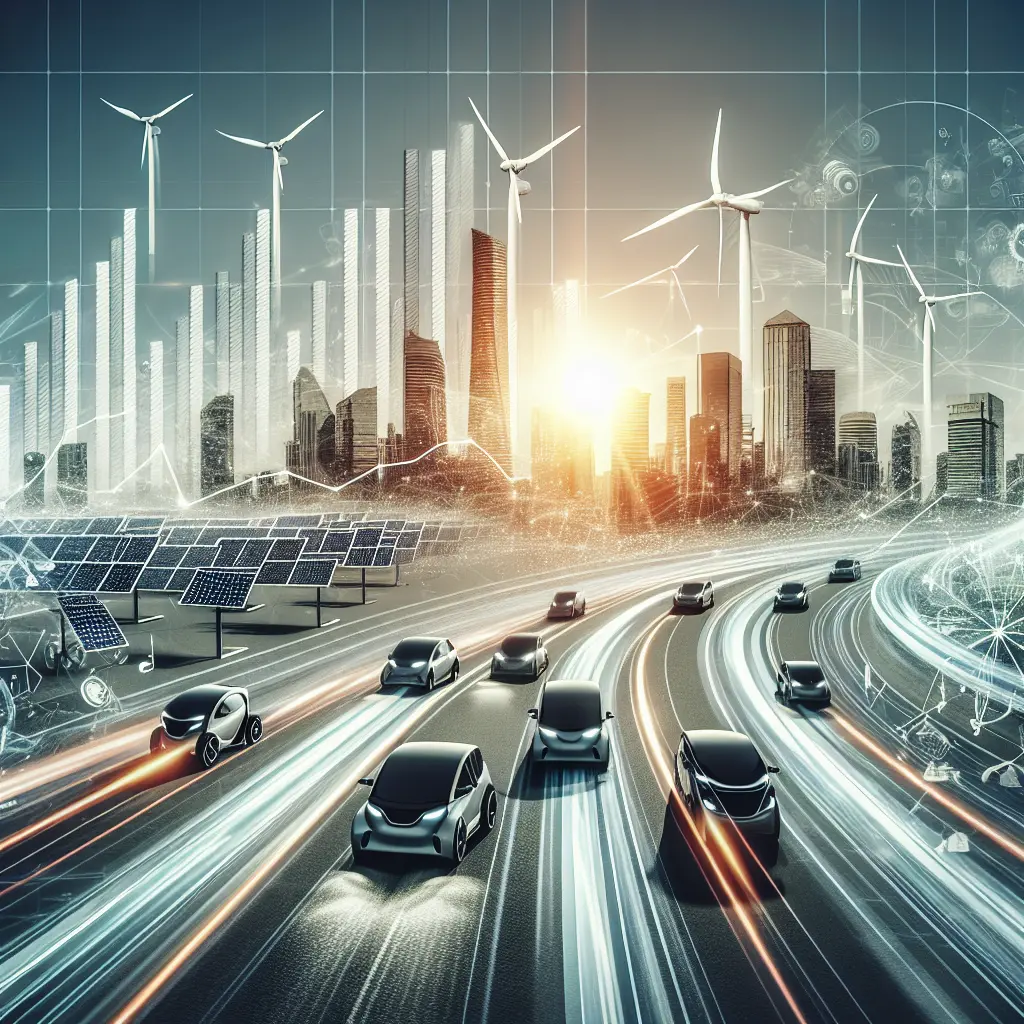
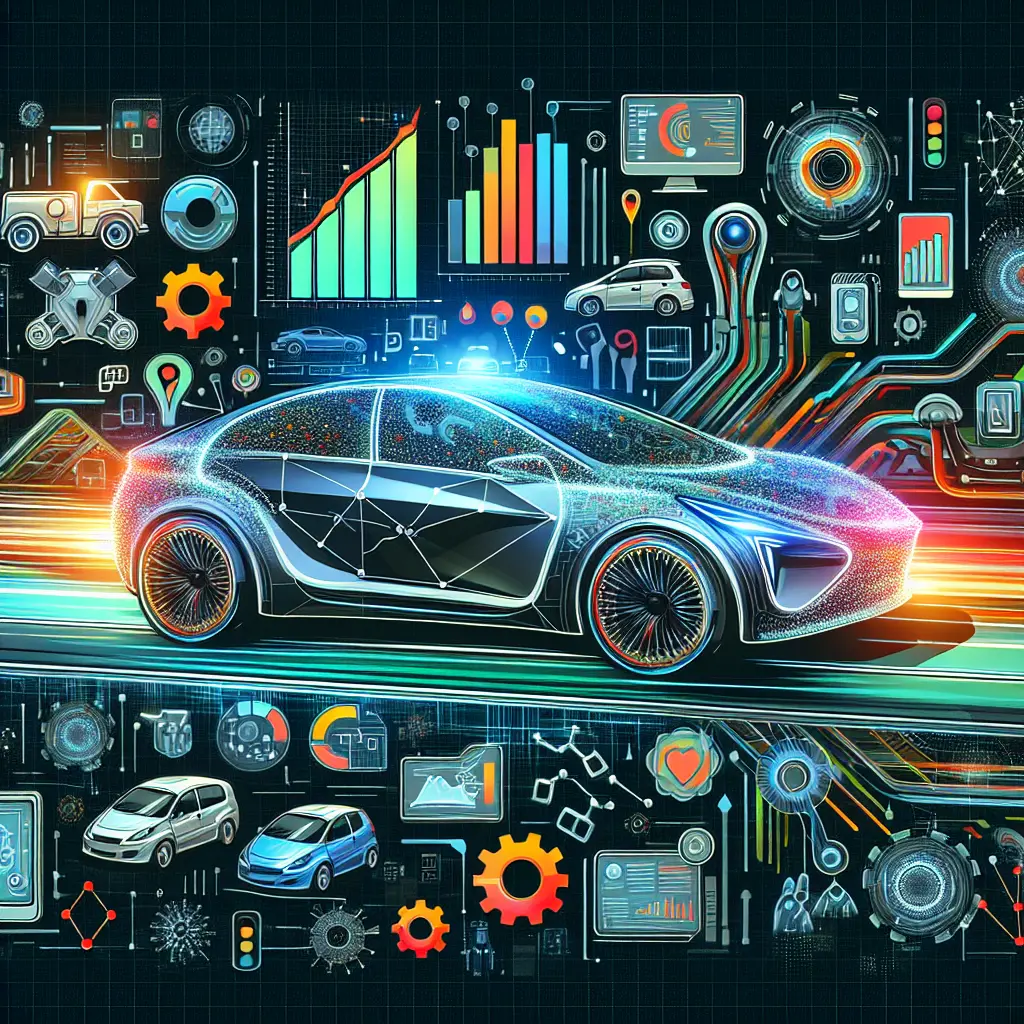

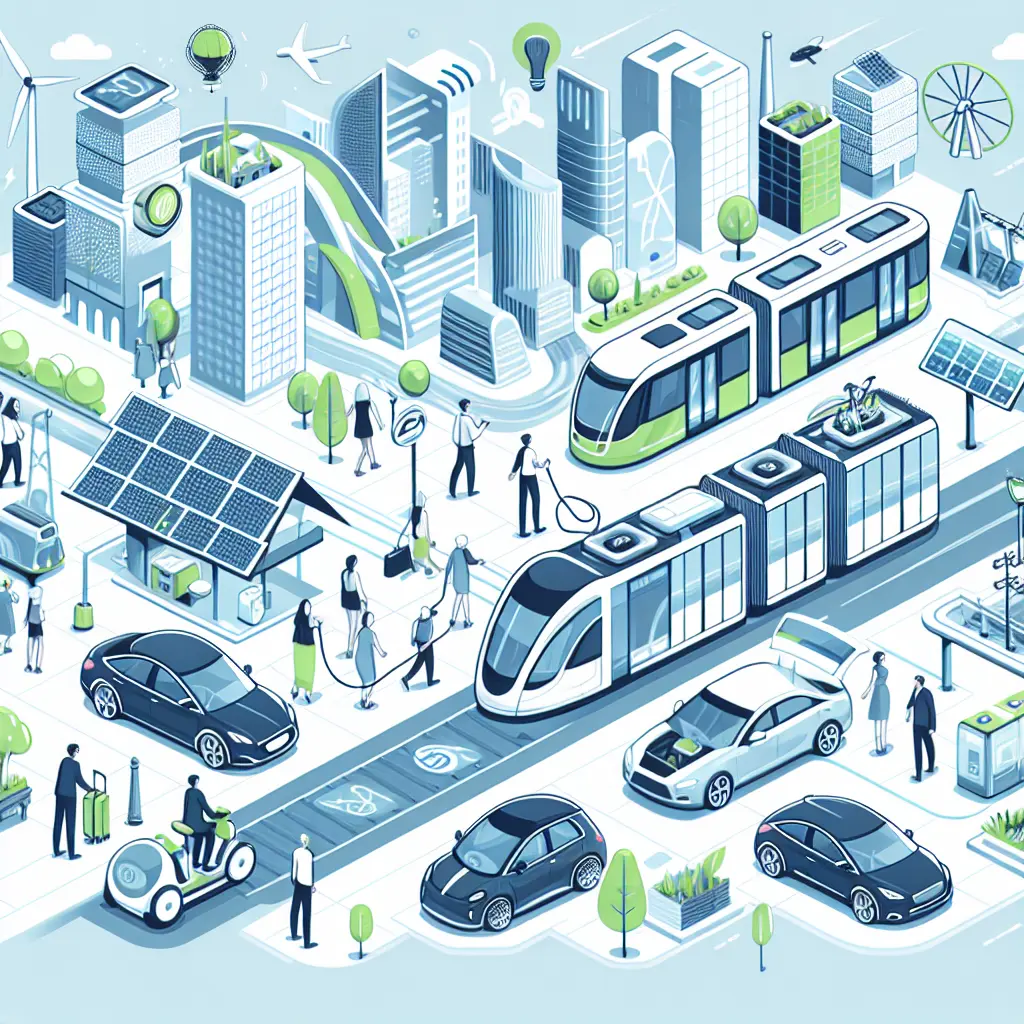
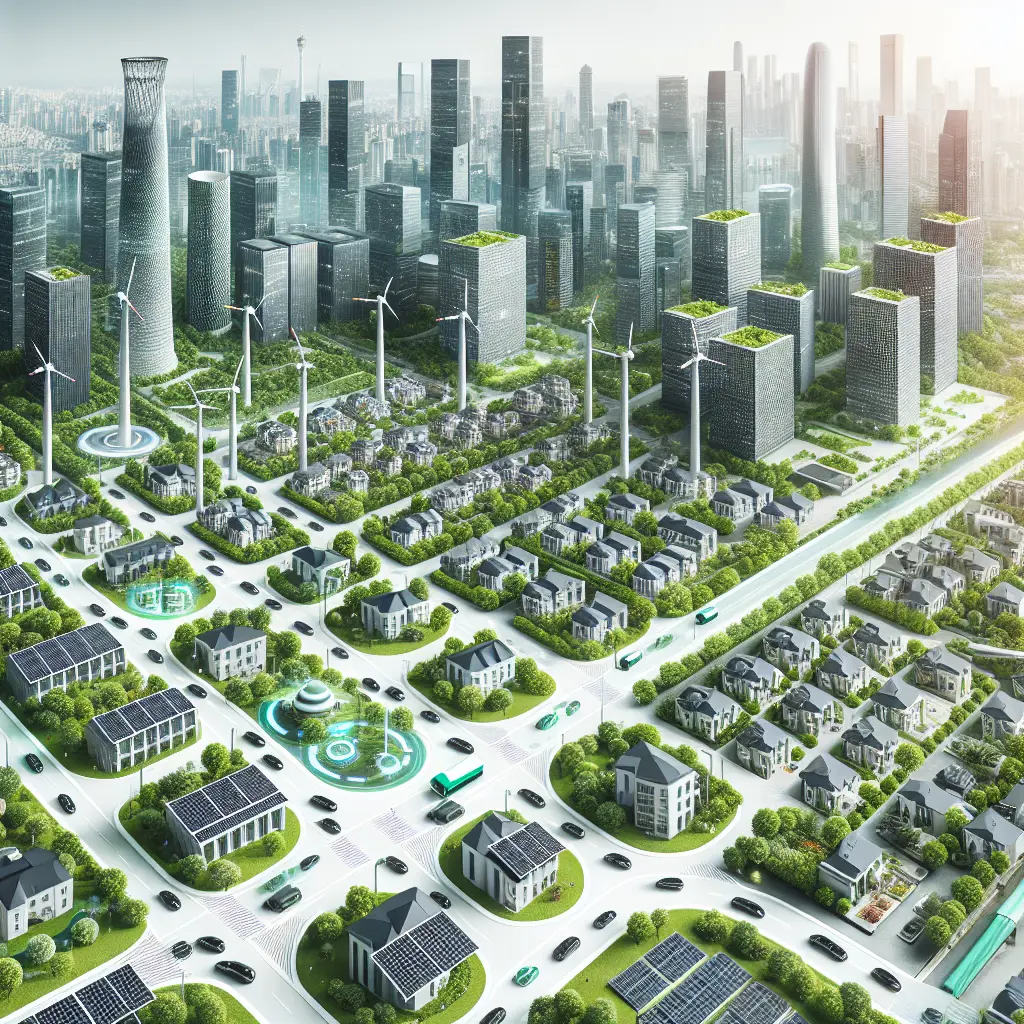
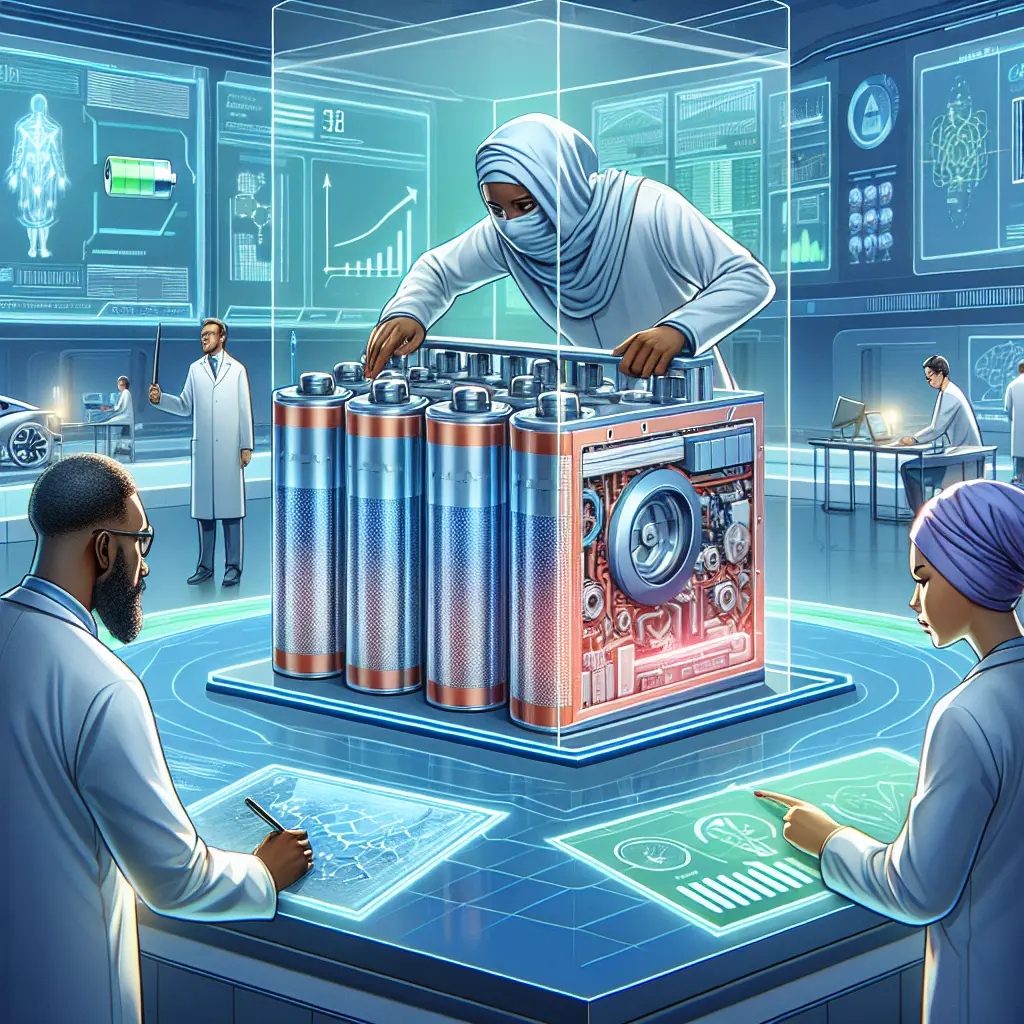
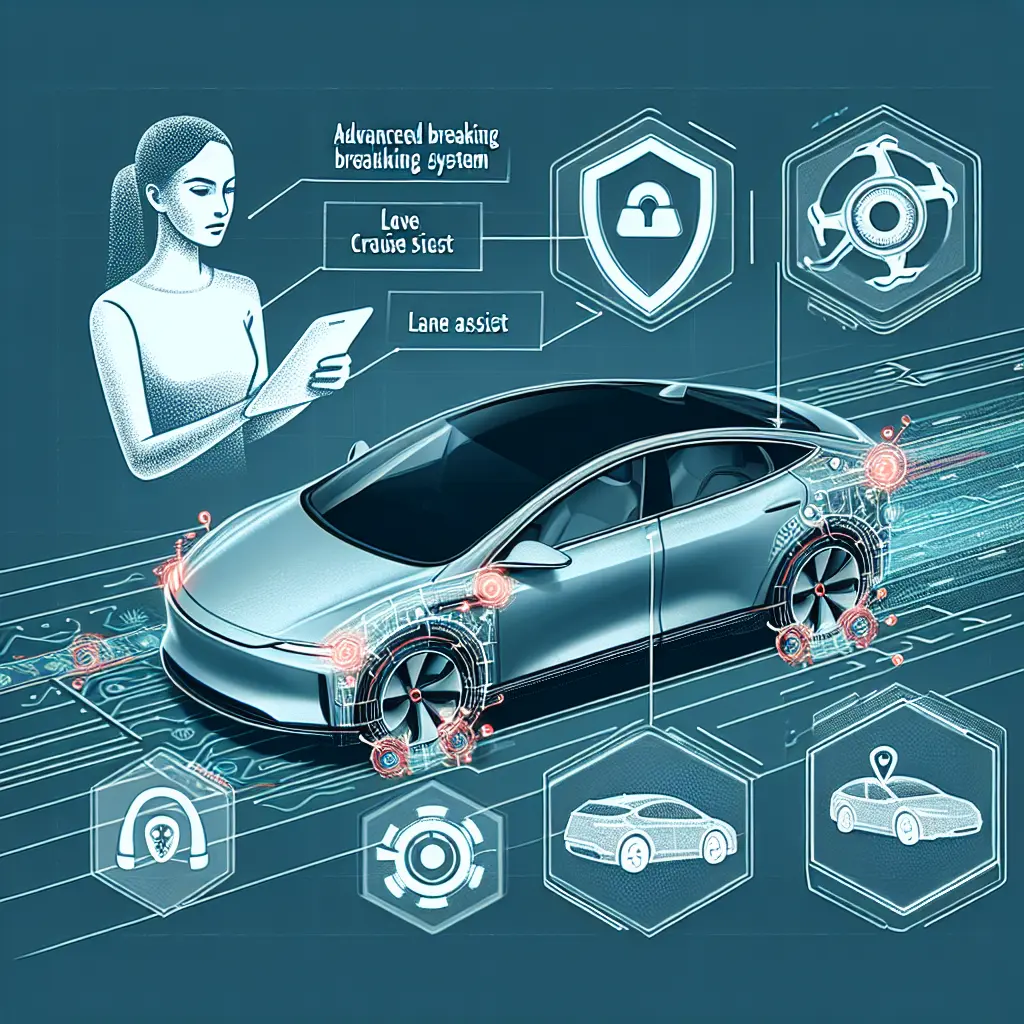
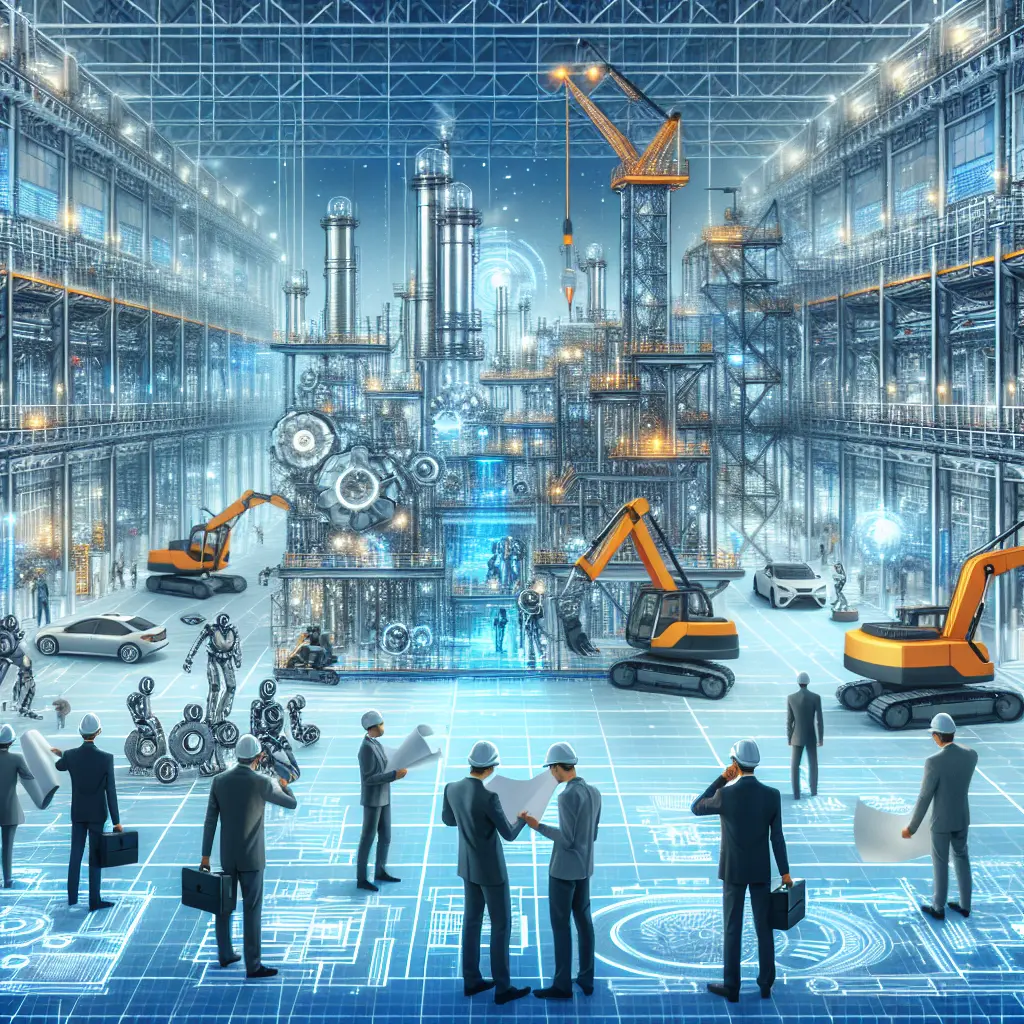
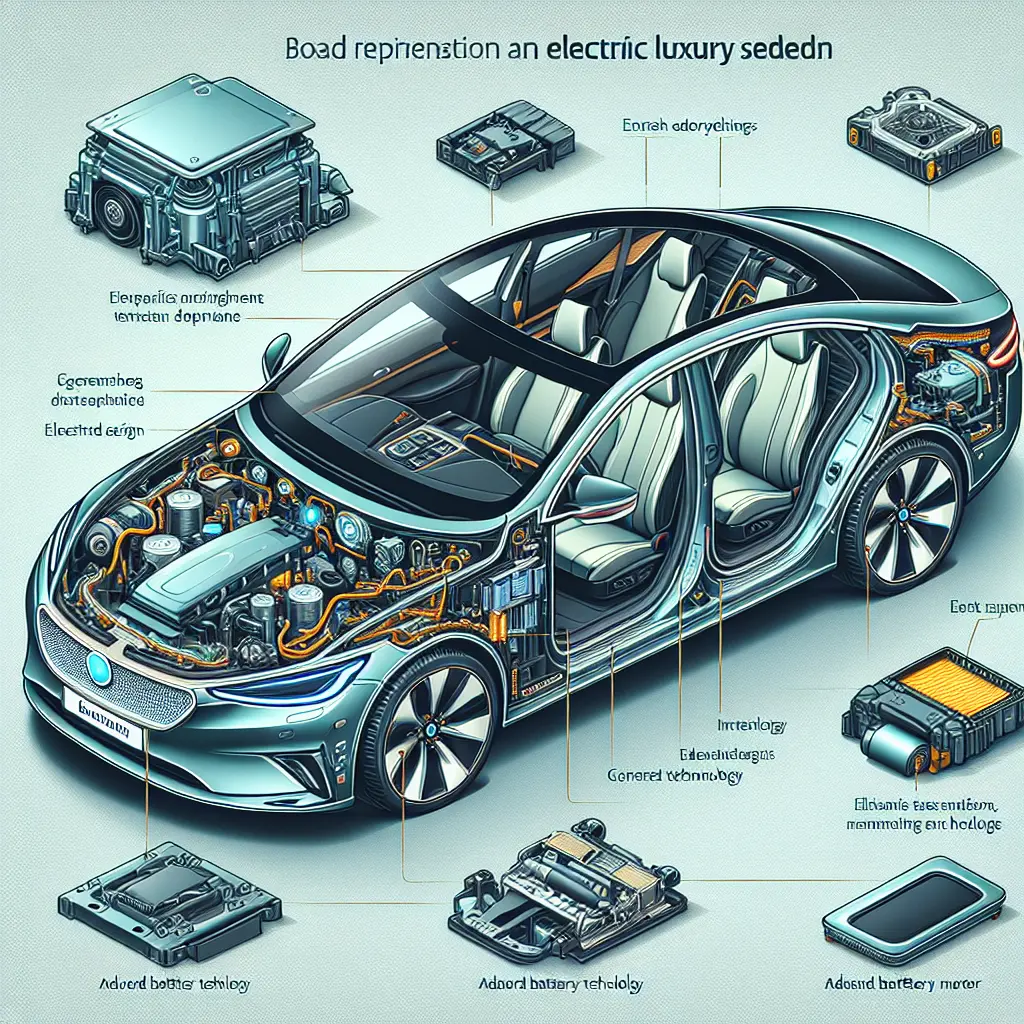
Leave a Comment